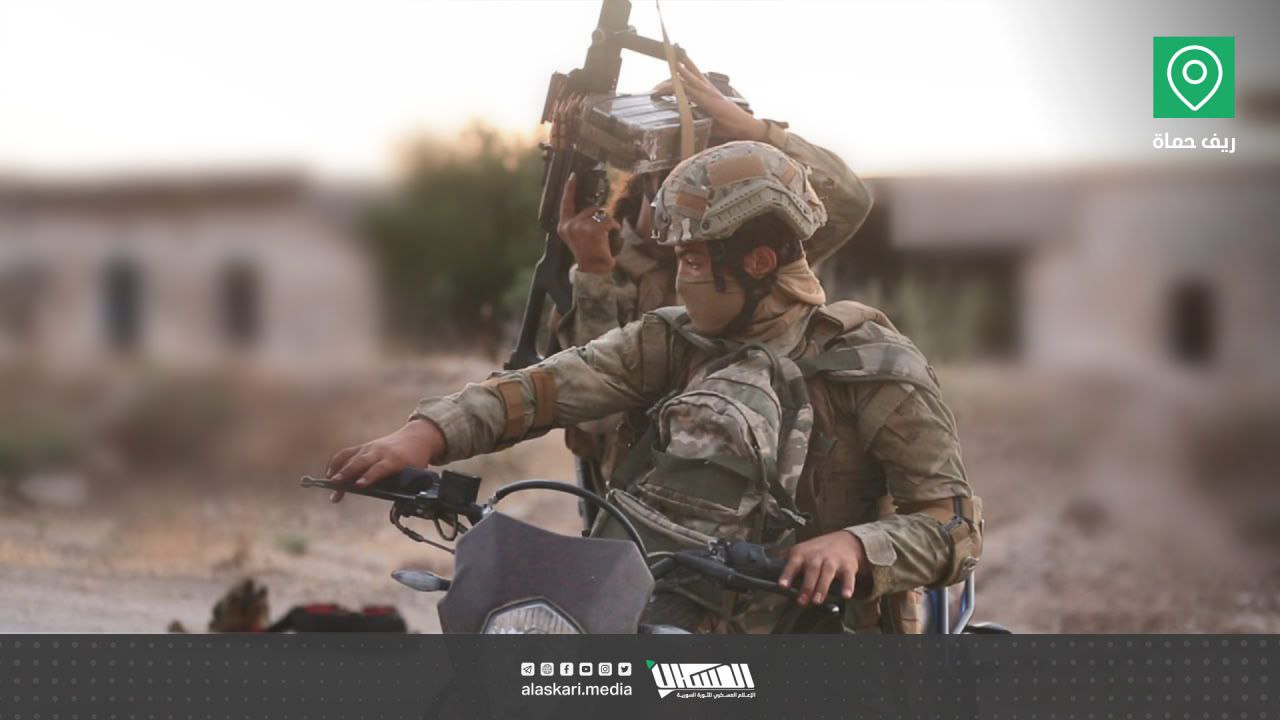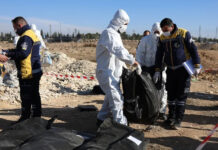
Yesterday, July 19, Hayat Tahrir al-Sham (HTS) executed a targeted operation against Assad regime forces in the Al-Ghab Plain area, west of Hama, marking another instance of intensified hostilities in the region.
The operation, carried out by the Zaid Bin Haritha Brigade, part of the Fath Mubeen Operations Room (FMOR), focused on the Al-Hakura axis in the Al-Ghab Plain. According to sources close to HTS, the attack resulted in multiple casualties among regime forces, the destruction of two forward checkpoints and a headquarters, and significant damage to another military headquarters due to artillery shelling. HTS reported that their fighters returned to their positions without suffering any casualties.
This recent operation follows a series of strategic assaults by HTS on regime positions. There was an operation by FMOR earlier this month on Iranian positions in occupied Saraqib, while in April, HTS launched a lightning attack in the western countryside of Aleppo, resulting in several regime casualties and the seizure of a tank. The strategic value of such operations lies in their ability to disrupt regime logistics, inflict casualties, and demonstrate military prowess.
In March, HTS’s Red Bands and Armored Brigade conducted a surprise joint operation on regime points in the Qubtan al-Jabal axis, west of Aleppo. These operations highlight HTS’s continued efforts to destabilize regime positions and assert control in northwestern Syria.
HTS and FMOR, active in Idlib and parts of Hama and Latakia, often employ shock and awe offensive operations involving deep infiltration behind enemy lines, in retaliation to increased attacks on civilians by Assad and his allies. These elite operations are typically carried out by specialized units such as the Red Bands and the Khalid bin Walid Battalions.
The latest operation in the Al-Ghab Plain was reported on various social media channels, showcasing video footage of the initial clashes. An account “SAM Syria,” associated with the Assad regime forces, claimed the regime repelled the attack, describing the infiltrators as “inghimasi terrorist groups.”
These operations come amid an ongoing escalation by Russia and Assad forces in northwestern Syria, wherein regime forces, bolstered by Russian support, frequently target civilians in the liberated areas despite a “ceasefire agreement.”
The agreement, signed between Russia and Turkey in March 2020, was intended to halt military operations, but violations by Assad and his allies have persisted, with nearly daily attacks via weaponized drones among the latest violations. The ongoing conflict in northwestern Syria continues to exacerbate the humanitarian crisis, with civilians in northern Syria continuing to suffer attacks.









